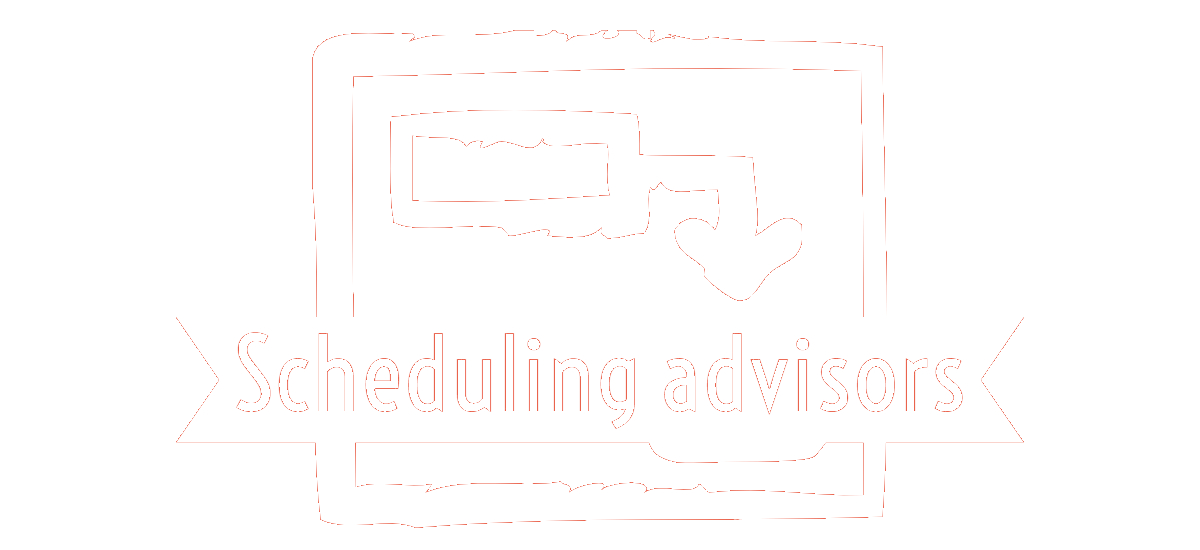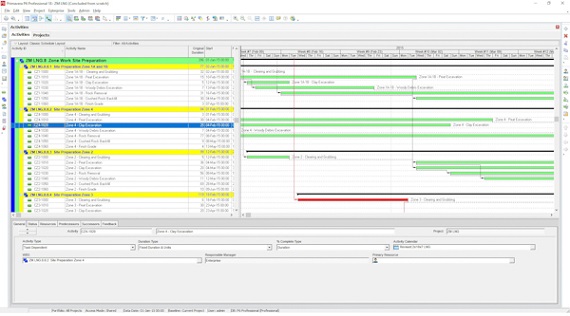Hello, welcome to my channel. This is part two of the Planning and Scheduling of Residential Building Project.
This video is part two of this series of videos. We will continue talking about planning then scheduling a residential building project. Our focus will be on the approach to this process step by step as a planner for a project from the start. As said before, we will try to use the same language definitions and vocabulary used in PMBOK by PMI, which is a trademark for the project management institute, and we will focus in detail on critical thinking as a planner.
In the first part, we spoke in detail about Planning vs Scheduling to learn more about the difference between a planner and scheduler rules. Then we talked about the importance of the Project Charter, which is an overall summary of the project covering all of the scope objectives, how it will be executed, and who are the stakeholders; then we spoke about the Project Management Plan, which is the overall instructions on what needs to be done, how it will get done, and when it will get done, with the description of resources required, budget, project potential risks and issues, project stakeholders, project schedule format software, reports activities and milestones, how to measure project performance.
You can always go to part one to see if you miss something at the same time. Whenever necessary, we will revisit any topic to go into more detail.
In this second part, we will discuss in detail how to: 1) Identify Stakeholders and the importance of good communication with all stakeholders. 2) How to Collect Requirements 3) Define Project Scope how to 3) Create the Project WBS the Work Breakdown Structure.
Identify Stakeholders
- Who are the project’s stakeholders – Stakeholders can be individuals, groups, or organizations that may affect, be affected by, or perceive themselves to be affected by a portfolio, program, or project’s decision, activity, or outcome. Stakeholders also directly or indirectly influence the project, its performance, or its outcome positively or negatively.
- Stakeholders’ engagement in the project is essential – Stakeholders’ proactively engagement in the project is essential to the degree needed to contribute to project success and customer satisfaction.
- Project Stakeholders can affect many aspects of a project, including but not limited to:
- Scope/requirements, good timely communications with stakeholders, help us to define and reveal the overall scope of the project, then the need to add, adjust, or remove elements of the scope and/or project requirements;
- Project schedule, by offering ideas to accelerate delivery or by slowing down or stop delivery of key project activities;
- Project Cost, by helping to reduce or eliminate planned expenditures or by adding steps which will impact the budget and increase costs.
- Project requirements or restrictions that increase the cost or require additional resources;
- Project team, by restricting or enabling access to people with the specific skills, knowledge, and experience needed to deliver the intended outcomes and promote a learning culture;
- Develop project plans by providing information for plans or by advocating for changes to agreed activities and work;
- Define project Outcomes by enabling or blocking work to reach the required and desired outcomes;
- Setting up project culture by establishing or influencing—or even defining—the level and character of engagement of the project team and broader organization;
- Project targeted benefits realization by generating and identifying long-term project goals so that the project delivers the intended determined value;
- Project risk management, by defining the risk thresholds for the project activities and setting the action needed when breaching those thresholds;
- Project Quality management, by identifying and setting up the required quality of the project outcomes and deliverables; how to measure this success, and the successful outcomes,
- Project Stakeholders may come and go or change throughout the project’s life cycle. Additionally, the degree of a stakeholder’s interest, influence, involvement, or impact may change over time. Stakeholders must be effectively engaged to understand their interests, concerns, and rights, especially those with a high degree of influence and with an unfavourable or neutral view of the project. The project team can then address these concerns through effective engagement and support, leading to a more likely successful project outcome.
Collecting Requirements
- The process of collecting requirements is the first step in defining and managing the project stakeholders’ needs and the final project output and scope.
- This process is determining, documenting, and managing the stakeholders’ needs and requirements to meet the project objectives and goals; this process involves data gathering and analysis, using expert judgement, decision making, then making data representations to the team with context diagrams and prototypes if necessary.
Define Scope
- Defining project scope is part of project planning that involves determining and documenting project goals, deliverables, and deadlines, by setting boundaries on what is part of project objectives and deliverables and what is not.
- Defining your project scope isn’t a one-person job; rather, it’s the project management team aligning with project stakeholders to make sure that they all are on the same page,
- This process should develop the project scope statement, which depending on project size and complexity, might be a document on its own or part of the project management plan,
- In the case of multi teams working with external resources, it may become the statement of work (SOW) to determine the agreement and relation between the project team and vendors.
- Defining project scope early is a critical element of project planning, as a clear scope statement helps to:
- eliminate the project from growing beyond what is intended,
- ensures that all stakeholders have the same expectations of the project,
- reduces project risks,
- helps the budget to stay within the intended limits,
- and establish the process for change requests in bigger and more complex projects.
Steps to define your project’s scope:
- Outline the project objectives, which the project is intended to deliver,
- Outline the resources necessary and available for the project,
- Collect any additional requirements or anything that might impact the project, including the timeline,
- Develop a project scope statement draft by compiling the data you have in one document explaining what will be done and what will not and why,
- Communicate with stakeholders to make sure that this project scope statement covers everything in the project,
- Establish a change control process if necessary for bigger and complex projects; in case things need change, an established set of processes that stakeholders have to go through before their change is approved.
- Share the stakeholder’s seen scope statement with the project team members to be on the same pace,
- Have this document have formal approval from management,
- Use the project statement as a reference through the project life cycle to ensure the project is on track and not at risk of scope creep and to make sure changes go through the change control process.
Work Breakdown Structure
WBS or work breakdown structure in project management is visual, hierarchical that is either:
- a deliverable-oriented breakdown of a project into smaller components or,
- tasks or activities-oriented breakdown of a project into smaller components,
Either is correct, as both ways give the same outcome by breaking the project into smaller, organized, manageable sections.
- The main benefits of creating a WBS are it defines and organizes the work required.
- Every project has a WBS, just like they all have schedules and budgets. Even if they aren’t done or written down, every project manager has some idea of what they are doing, how long they think it will take and how much they think it will cost.
- The smaller parts in the WBS are called the work package, which will hold the activities or tasks assigned to team members to perform the project works.
- The WBS is a top-down decomposition of the project total scope into multiple levels, so it must be broken down starting at the top to well-defined elements,
- Proper WBS helps estimate resources and costs, create a phased schedule of tasks, and manage each phase.
- There are 4 elements of WBS:
- Hierarchical Structure relation between different levels helps to give a clear picture of risks impact,
- 100% rule every sub-level combined makes 100% of the upper level,
- Every element on a certain level is exclusive to that level to avoid duplicate work,
- It is deliverable-oriented or tasks – activities oriented breakdown of a project into smaller components,
- In the following slides is a sample of WBS with different formats
At the top of the Work Breakdown Structure, we see here in this illustration is your final deliverable in this instance, the construction project Residential Building 1; immediately beneath that is the next WBS level which are the main project phases required to complete the project, the third and lowest level shows Work Packages, most WBS charts have three levels, but you can add more depending on the complexity of your project.
Each of these five project phases, Initiation, Planning, Execution, Control, and Closeout, also act as control accounts and branch off the main deliverable at the top. Once decided, they are then broken down into a series of deliverables; for example, the initiation phase includes: 1) site evaluation work and 2) project charter creation.
The following page illustrates the same WBS with a different view format,
This page format we see on the screen is the table view format,
while this last page format is chart view format for the same residential building project, which have on the first level:
- the initiation 2) planning 3) execution 4)control 5) closeout
Initiation has sub-level a second level of evaluation and charter while,
the planning has a second level: scope statement, project team, plan schedule, budget,
the execution has a second level: of lay foundation, interior work, exterior work, finishing touches, and each of the lay foundations has a third level: excavate, pour concrete,
interior work also has a third level: electrical and plumbing and,
the same for the control the second level: is resource management, cost management, and a third level for the cost management it’s risk management, and
last, the close closeout has a second level: audit site, clean up, document handover,
- You’ll also need a work package to go with each of those project deliverables. In the execution phase in our construction example, we can look at the interior work deliverable. That deliverable is divided into two work packages, which are installing the plumbing and setting up the electricity.
- The WBS, when created as thoroughly as possible, is the roadmap to guide you to the completion of what would seem to be a very complicated project scope. However, when broken down with a WBS, project planning, scheduling and resource planning suddenly become
much more manageable


